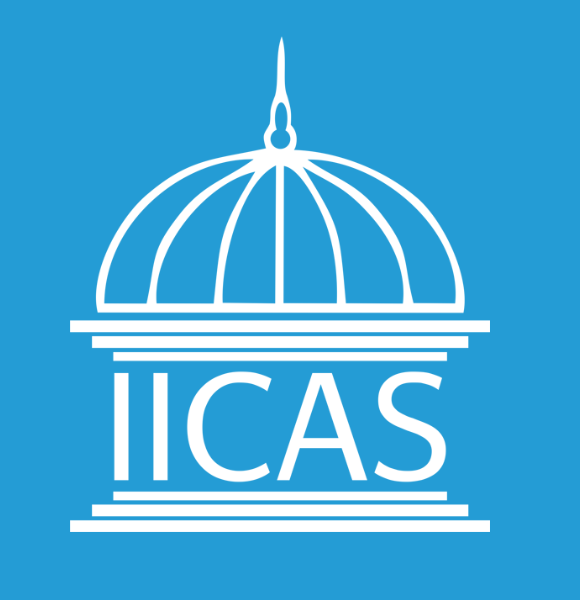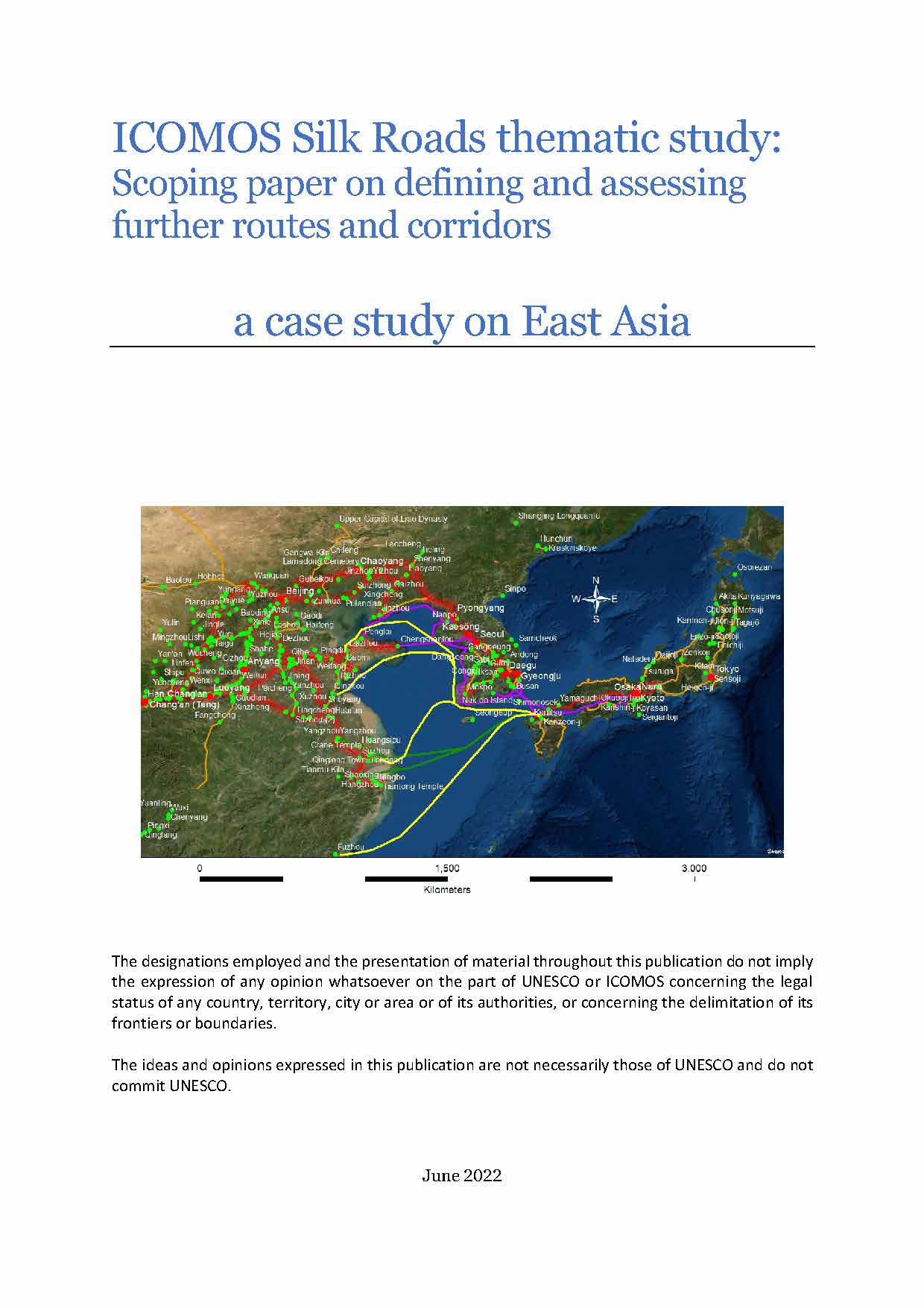The Scoping Paper of Continuation of ICOMOS Silk Roads Thematic Study
Team: International team of experts;
The ICOMOS Thematic Study of the Silk Roads (Williams 2014) provided an overview of known sites along its many routes, as a basis for developing a nomination strategy that identified several corridors along the Silk Roads that might have the potential to justify Outstanding Universal Value and thus be nominated to the World Heritage List. These corridors included significant clusters of surviving sites, which reflected specific responses to trading, political systems, and ecological and geographical contexts. The Thematic Study also identified several geographic areas where further work was needed to augment the study. These included the area east of Chang’an/Luoyang to the Korean Peninsula, and Japan: these areas are the subject of this case study.
The study explored the region between the cities of Chang’an and Luoyang in central China, to Japan. This encompasses central, eastern, and north-eastern China, the Korean Peninsula - today including the Democratic People's Republic of Korea (DPRK), and the Democratic Republic of Korea (ROK) - and Japan.
The study covers the overland routes and maritime crossings that link these routes, connecting the coasts of the Bohai Sea, the Yellow Sea, the East China Sea, and the variously named East Sea/Korean East Sea/Sea of Japan (all arms of the Western Pacific Ocean).
Overall, despite the variability of data across the region, the scale of trade and cultural interaction across the study area is evident. Based on the current evidence several routes can be identified. However, the paucity of data in North Korea means that it has not been possible to identify the smaller sites between major nodes; often an essential component of defining Outstanding Universal Value (OUV).
The team: Editor and Compiler: Prof Tim WILLIAMS / Steering group: Prof MA Jian (Northwest University, Xi’an), Dr Dimity VOYAKIN (International Centre for Central Asian Studies, Samarkand), Dr Shahin MUSTAFAYEV (Institute of Oriental Studies, Baku), Prof Tim WILLIAMS (UCL Institute of Archaeology), London / ICOMOS: Susan DENYER, Regina DURIGHELLO / UNESCO World Heritage Centre: Prof Roland LIN, Asia and Pacific Unit / PR China contact point: Jun SHAO, Deputy Director, Division of World Heritage, National Cultural Heritage Administration / Republic of Korea contact point: Hyung-Bin PARK, Director Research Division of Artistic Heritage, National Research Institute of Cultural Heritage / Academia Via Serica (Center for the Silk Road and Central Asia), Keimyung University of Daegu (www.censcakmu.org). Prof Tschung-Sun KIM, and Dr Farrah SHEIKH / Japan contact point: Prof Kazuya YAMAUCHI, Teikyo University / Input from Prof SAOTOME Masahiro (Professor Emeritus, University of Tokyo), FUNO Shuji (Nihon University), Prof HAYASHI Toshio (Professor Emeritus, Soka University), IGAWA Kenji (Waseda University), KOJIMA Yoshitaka (Kanazawa University), NISHIMUTA Yoko (Toyo University), and TANAKA Fumio (Waseda University) / UCL Institute of Archaeology: Prof Tim WILLIAMS, Dr Marco NEBBIA, Megan HINKS, and PANG Rui


